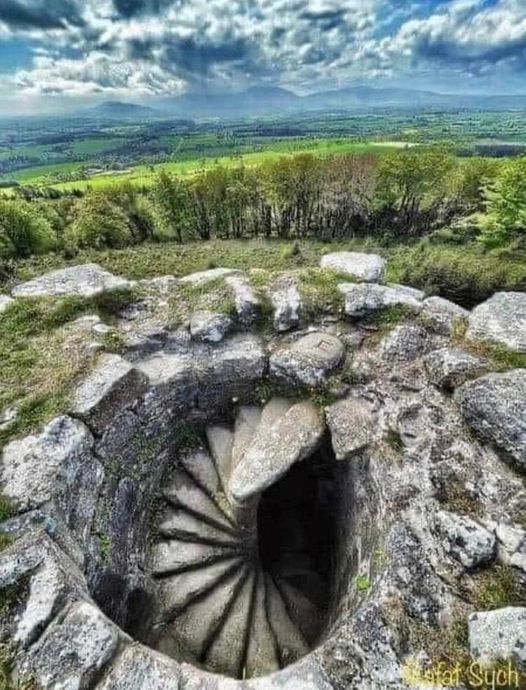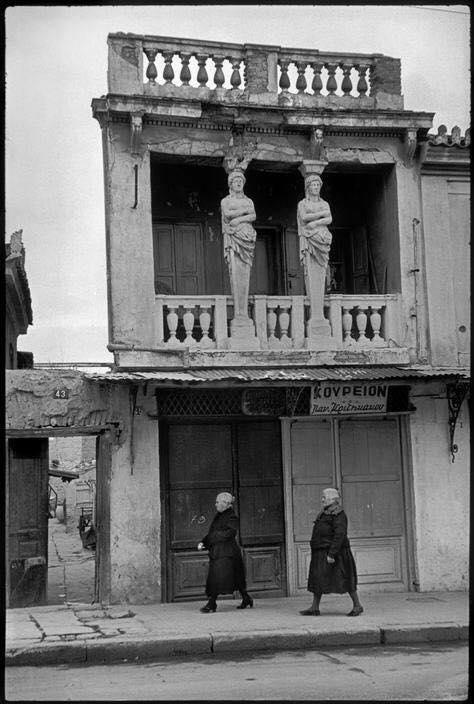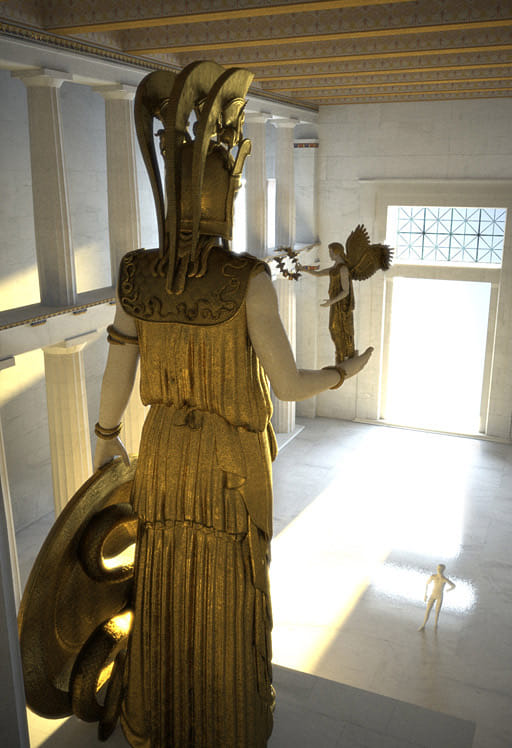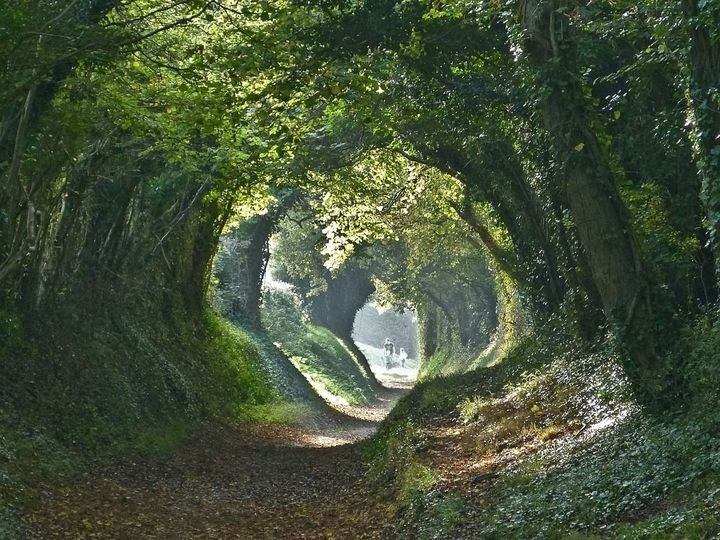These are the ancient Shatial glyphs on the Karakoram Highway in the Gilgit-Baltistan region. Dating from the Stone Age to the birth of Islam, the glyphs cover rocks and boulders stretching for over 100 kilometers. The writings and designs cover several languages, religions, and the symbolism of peoples dating back 10,000 years. Some of these magnificent glyphs are under threat from modern hydropower projects planned in the Indus Valley.
Nestled high in the majestic Indus Valley of Pakistan lies a treasure trove of ancient artistry and cultural heritage—the Shatial petroglyphs. These intricate and diverse carvings, etched into rocks along the Karakoram Highway in the Gilgit-Baltistan region, offer a mesmerizing glimpse into the rich tapestry of human history. Dating back from the Stone Age to the dawn of Islam, these glyphs weave a narrative of languages, religions, and symbolism spanning millennia. However, amidst their allure, a looming threat from modern development projects casts a shadow over these ancient wonders.
Exploring the Shatial Glyphs: An Odyssey through Time The Shatial petroglyphs stand as a testament to the ingenuity and creativity of ancient civilizations that once thrived in the Indus Valley. Stretching for over 100 kilometers, these enigmatic carvings adorn rocks and boulders, each telling its own story of human endeavor and cultural expression. From simple geometric patterns to intricate depictions of animals, deities, and daily life, the glyphs offer a window into the beliefs, customs, and aspirations of those who carved them. They serve as silent witnesses to the passage of time, preserving the legacy of generations past for modern-day explorers to decipher and marvel at.

A Tapestry of Languages and Religions: Unraveling the Diversity of the Shatial Glyphs One of the most fascinating aspects of the Shatial petroglyphs is the diversity of languages, religions, and symbolism they encompass. Spanning epochs and civilizations, these carvings bear witness to the myriad cultures that have left their mark on the Indus Valley over millennia. From ancient scripts and symbols to depictions of Hindu gods, Buddhist stupas, and Islamic motifs, the glyphs offer a kaleidoscopic view of the region's rich cultural heritage. They serve as a reminder of the interconnectedness of human civilization and the enduring legacy of cultural exchange and adaptation.
Threats to Heritage: Preserving the Shatial Petroglyphs in the Face of Modernization Despite their cultural and historical significance, the Shatial petroglyphs face an uncertain future due to the encroachment of modern development projects, particularly hydropower initiatives planned in the Indus Valley. The construction of dams and reservoirs poses a direct threat to these ancient treasures, risking their destruction or submersion beneath rising waters. Efforts to raise awareness and advocate for the preservation of the glyphs are essential to safeguarding this irreplaceable cultural heritage for future generations. It is imperative that we strike a balance between progress and preservation, ensuring that the voices of the past are not silenced by the march of modernization.
Ancient Discoveries: Reflecting on Humanity's Enduring Legacy As we contemplate the significance of the Shatial petroglyphs, we are reminded of the profound impact of ancient discoveries on our understanding of human history and culture. These enigmatic carvings transcend time and space, offering a bridge between past and present, and connecting us to the collective memory of humanity. They inspire awe and wonder, inviting us to explore the depths of our shared heritage and contemplate the mysteries of our existence. In preserving and protecting these ancient treasures, we honor the legacy of those who came before us and ensure that their stories continue to resonate with future generations.
Conclusion: The Shatial petroglyphs stand as silent sentinels of the Indus Valley, bearing witness to the ebb and flow of human civilization over millennia. As we marvel at their intricate beauty and unravel the secrets they hold, we are reminded of the fragility of our cultural heritage and the importance of its preservation. In the face of modernization and development, it is our collective responsibility to protect these ancient treasures and ensure that they endure as testaments to the ingenuity, creativity, and resilience of humanity. Let us tread lightly upon the land, respecting the voices of the past and cherishing the legacy they have bequeathed to us.










